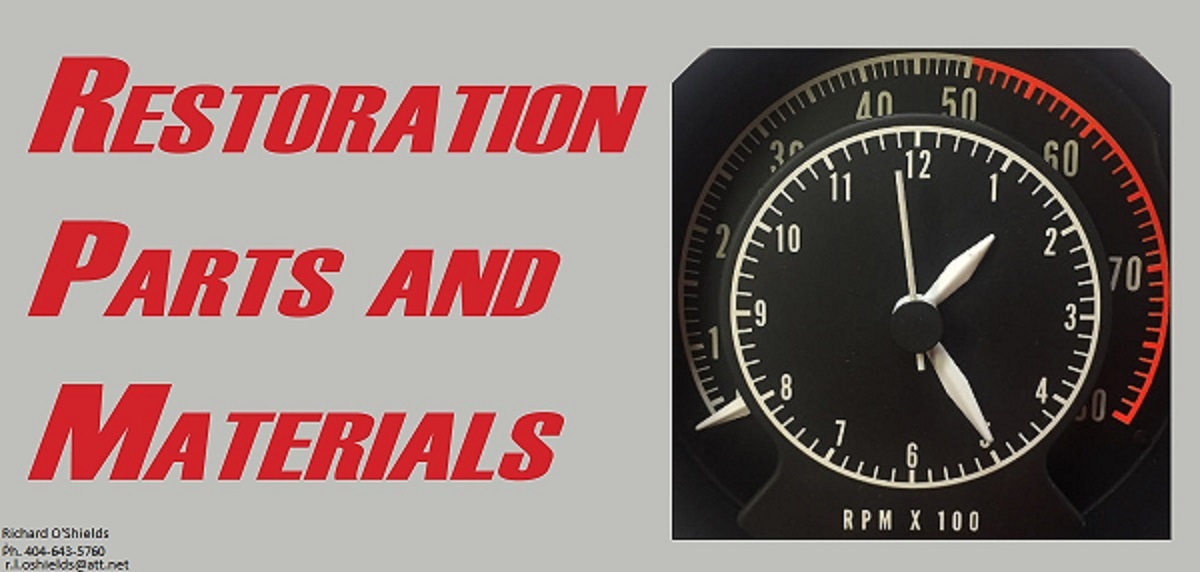Your transmission was spec'd for the old Type A atf. The GM Dexron family of atf replaced that spec in about 1968. The modern fluids are much better fluid than the old Type A atf, by a long shot. Better base oils, cleaning additives, anti-wear additives, and such.
To me, the amount of friction modifiers in the modern atf is not that large, as the lock-up torque converter only has one thing to match rotational speed with. In the normal shifting operations, there are items inside the transmission which completely start and stop when a upshift or downshift happens. THAT is a much heavier-duty situation, by comparison.
The existing, "red bottle", Valvoline MaxLife atf also has a bit of seal-swelling additives in it, as is. Which is the orientation of "higher-mileage" or older automatic transmissions needing something like that, due to age.
In the Sannow book on Mopar Police Cars, it mentions that in the earlier 1960s, the CHP got a new maintenance director. One of his "new things" was to standardize the various oils and such they bought, to more-standardize them. So he bought 20W motor oil, for engines and automatic transmissions. With the stipulation that if the car got into a high-speed chase, the car came in for a full engine and transmission oil change. He noted that the TFs had no issue running 20W motor oil, but the Fords and GM 3-speed automatics DID NOT like it. When I read that, I smiled.
LOTS of options!
CBODY67
















